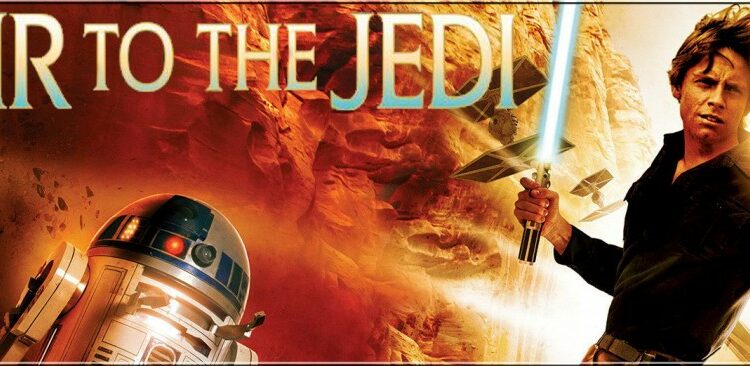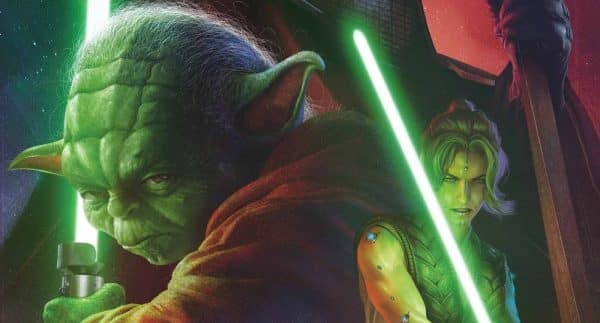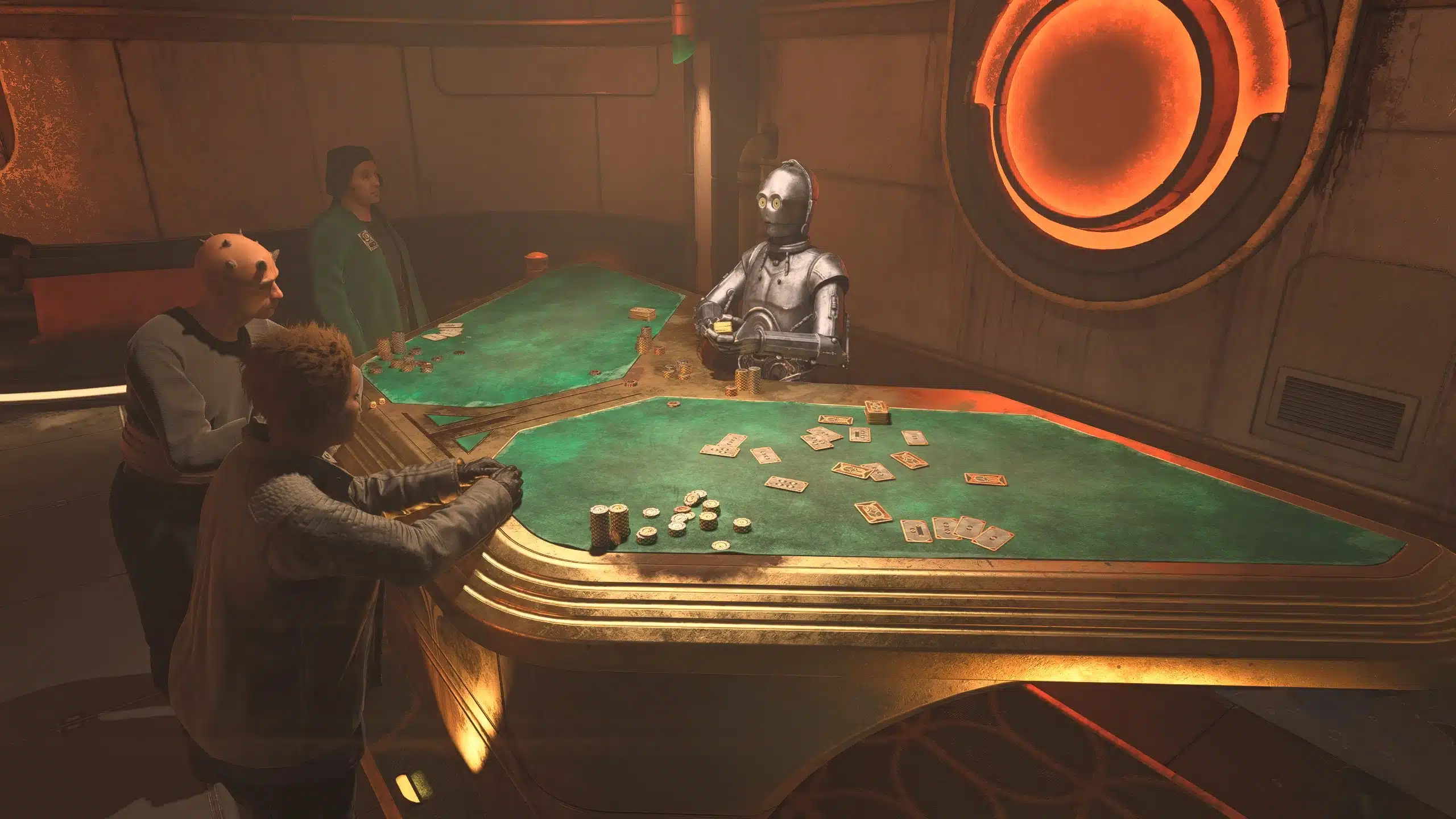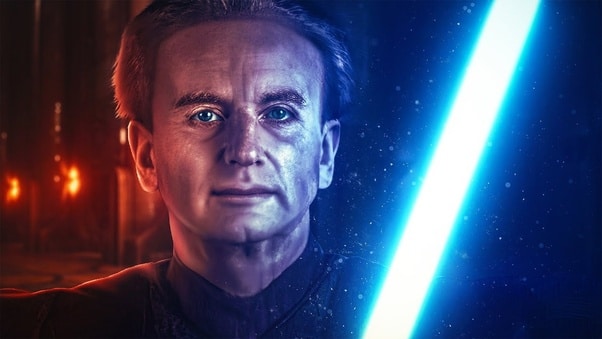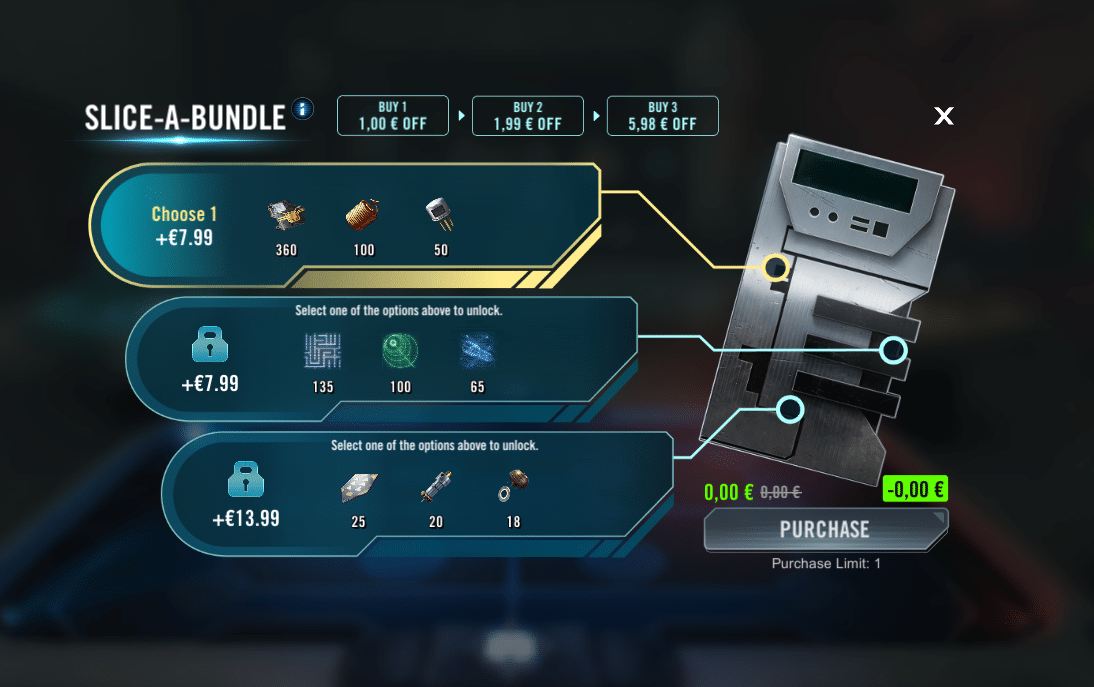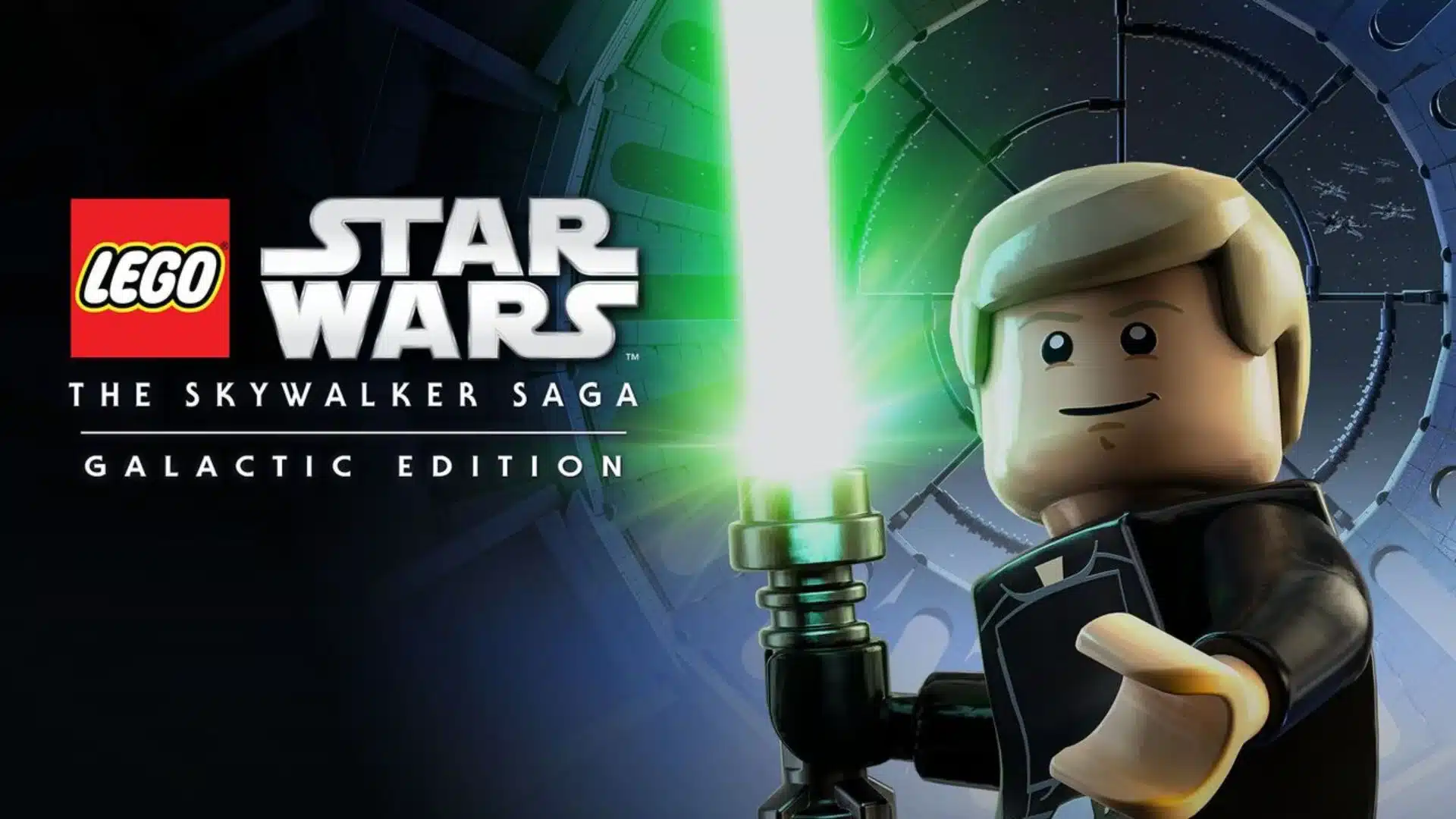A Jedi Walks Into a Bar, But It’s All in His Head
A Luke Skywalker Adventure Like No Other (Because It’s First-Person)
When someone mentions a Star Wars novel starring Luke Skywalker, the mental image usually includes lightsabers, daring rescues, or maybe some Force-fueled existential crisis. Kevin Hearne’s Heir to the Jedi checks all those boxes—plus adds a bonus: awkward flirting, noodle shop detours, and a whole lot of internal monologue.
Released in 2015 and set shortly after A New Hope, this canon novel does something unusual in the Star Wars publishing galaxy—it tells the story in first-person. That’s right. You’re inside Luke’s head for nearly 300 pages, and it’s… well, a ride. Equal parts entertaining, insightful, and slightly awkward, Heir to the Jedi shows us the post-Death-Star, pre-Jedi-Knight version of Luke: a young pilot just beginning to grasp the Force and figure out who the heck he is now.
Plot Summary: Luke, the Learner, and the Linguist
The story follows Luke on a mission for the Rebel Alliance to rescue a brilliant alien cryptographer named Drusil from Imperial captivity. Why is this important? Well, Drusil can decode everything from communication systems to Imperial war plans, and the Rebels would really prefer those talents not end up gift-wrapped for Darth Vader.
Luke is paired with Nakari Kelen, a wealthy, resourceful, and charming pilot with a tragic backstory (because of course). Their mission becomes a classic Star Wars-style road trip through the galaxy: pick up the scientist, dodge bounty hunters, avoid the Empire, and maybe flirt a little while eating space noodles.
It’s not a massive galaxy-shaking saga—it’s more of a “day in the life of a confused space wizard in training” story. But that’s where the charm lies.
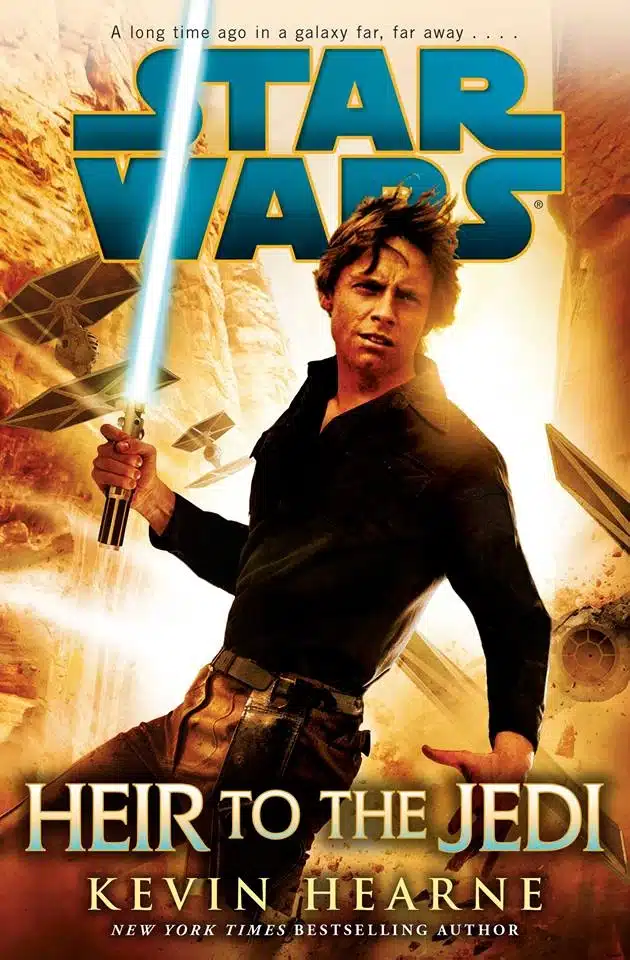
Character Focus: Luke Skywalker, but Make It Awkward
This is Luke like you’ve never seen him before. Not the myth. Not the Jedi Master. Just… Luke. The farm boy who blew up the Death Star and now has to figure out how to use a lightsaber without slicing off a limb.
Kevin Hearne leans hard into Luke’s inexperience, both with the Force and with human interaction. In first-person, Luke’s voice feels youthful, uncertain, sometimes cringe-worthy, but always earnest. His inner thoughts—often laced with doubt or dry humor—make him feel surprisingly relatable, even while he’s deflecting blaster bolts.
There are Force experiments, including one scene with a noodle bowl that is either poetic or absurd depending on your mood. There are clunky attempts at flirting. There’s an overwhelming sense that this is a guy who’s pretending to know what he’s doing while low-key panicking 90% of the time.
And honestly? It works.
Supporting Characters: Sidekicks and Space Mathematicians
Nakari Kelen
Nakari is smart, confident, and has a ship named Meryx that might be cooler than the Falcon (don’t quote that on Tatooine). Her banter with Luke is light but meaningful, and her combat skills and sarcasm make her a standout. She serves as both partner and emotional tether for Luke during the story.
Also: she’s a crack shot with a blaster and owns a biologically weaponized pet. Do with that information what you will.
Drusil Bephorin
The Givin mathematician is the person everyone’s trying to save. She’s brilliant, bizarre, and completely matter-of-fact—like if Spock was more into encryption algorithms and less into mind melds. Her equations become a surprisingly important part of the plot and give the story a more cerebral edge than expected.
No one else gets a ton of page time, but that’s kind of the point—this is a Luke-centric journey through and through.
Tone and Writing Style: Star Wars Meets YA Journal
Kevin Hearne is best known for The Iron Druid Chronicles, and that voice carries over—snarky, introspective, and fast-paced. The first-person perspective makes this book feel different from almost every other Star Wars novel (seriously, it’s a rare stylistic choice), and it creates a tone that’s lighter and more personal.
That said, not every reader will vibe with it. Some may find Luke’s thoughts a little too awkward or juvenile, while others will appreciate the glimpse into the unsure hero behind the legend. It’s kind of like reading a Jedi’s teenage diary, if Jedi wrote about telekinesis experiments and covert ops.
The action scenes are crisp, the pacing stays steady, and the dialogue is believable—if occasionally cheesy. But hey, it’s Star Wars. A little cheese is practically a requirement.
The Force, the Flirting, and the Food
Luke’s experimentation with the Force is a major part of the narrative. There are no epic lightsaber duels or Yoda-led training montages here—just a young Force-sensitive trying to figure out what’s possible through trial, error, and a lot of noodle bowls.
There’s also a romantic subplot between Luke and Nakari, and… well, it’s fine. It’s not offensive, but it does feel a little rushed. Think “high school crush during a war” energy. It gives Luke some depth and vulnerability, but it’s not the heart of the story.
Oh, and if you didn’t expect food to play a role—surprise! There are surprisingly detailed descriptions of meals. Apparently being a Rebel involves a lot of eating, and Hearne makes sure you know exactly what’s on Luke’s plate.
How It Fits Into Star Wars Canon
Heir to the Jedi takes place between A New Hope and The Empire Strikes Back, during that awkward time when Luke was still figuring things out and the Rebellion didn’t have time to explain Jedi lore.
From a canon standpoint, the book doesn’t make huge changes to the galaxy. It’s more of a side story—a personal journey that fleshes out Luke’s mindset during an often-overlooked stretch of time. You’re not going to find revelations about Snoke or hints about Rey’s parents (remember, this came out long before the sequel trilogy wrapped up), but you will get insight into how Luke’s confidence and connection to the Force begin to grow.
For completists, it’s a worthwhile read that adds flavor to the classic trilogy timeline. For newcomers, it’s a relatively low-stakes entry point that doesn’t require an encyclopedia of lore to enjoy.
Strengths of the Book
- Unique Perspective: The first-person POV makes it stand out among other Star Wars novels.
- Luke’s Voice: Earnest, awkward, and authentic. Finally, we get to hear what he’s really thinking.
- Character Development: Luke starts unsure, grows steadily, and ends just a little more Jedi.
- Relatable Themes: Self-doubt, responsibility, and finding your place in a chaotic galaxy.
- Balanced Pacing: Missions, Force moments, and quiet conversations flow well from scene to scene.
Weaknesses of the Book
- Limited Stakes: The plot feels more like a side quest than a galactic turning point.
- Awkward Romance: While not terrible, it doesn’t leave much of an emotional impact.
- Tonal Shifts: Some readers might find the humor and awkwardness out of place for Star Wars.
- Lack of Familiar Faces: Aside from Luke, there’s little interaction with major characters from the films.
Should You Read It?
If you enjoy character-driven stories and always wanted to know what Luke was really thinking between blowing up the Death Star and getting his hand chopped off—this book is for you.
It’s not essential reading for understanding the larger Star Wars canon, but it does a fantastic job making Luke feel human again. He’s not just “The Last Jedi” or “The Hero of Yavin”—he’s a young guy trying to use space magic and not accidentally launch himself into a wall.
It’s also a solid entry for readers who appreciate quieter Star Wars stories. No Death Star plans here—just a lot of thinking, a little shooting, and some character-building side quests.
Where to Buy Heir to the Jedi
Ready to walk a mile in Luke’s Rebellion-issued boots? You can get your copy here:
Available in paperback, ebook, and audiobook formats (because sometimes you just want Luke’s inner monologue narrated to you).
Final Verdict: The Luke Diaries, and We Mean That in a Good Way
Heir to the Jedi doesn’t try to be epic. It doesn’t rewrite the galaxy or drop massive lore bombs. What it does is something much more personal: it lets you walk alongside Luke Skywalker as he fumbles, learns, and slowly begins to understand what it means to be a Jedi.
It’s funny, it’s awkward, and it’s surprisingly heartfelt. Whether you’re here for the Force training, the covert missions, or the emotional growth of a character who’s usually too busy saving the galaxy to talk about his feelings, this book delivers.
In the end, Heir to the Jedi is like a good bowl of Star Wars comfort food. Nothing too fancy, but warm, satisfying, and just weird enough to make you smile.


